Fixed assets of the organization (OS) are part of the production and technical base of the enterprise. Their organized and economical use is the first priority of the company. Organizations can own and dispose of equipment, transfer or resell it to other enterprises, exchange and write off. Read more about how synthetic and analytical accounting of fixed assets is carried out, read on.
Classification
Property used in the manufacture of products or services for more than a year or one cycle is called fixed assets. The value of assets should be more than fifty thousand rubles. According to the All-Russian OS classifier, these assets include: structures, buildings, equipment, regulatory devices, tools, computing equipment, vehicles, inventory, perennial plantings, etc.
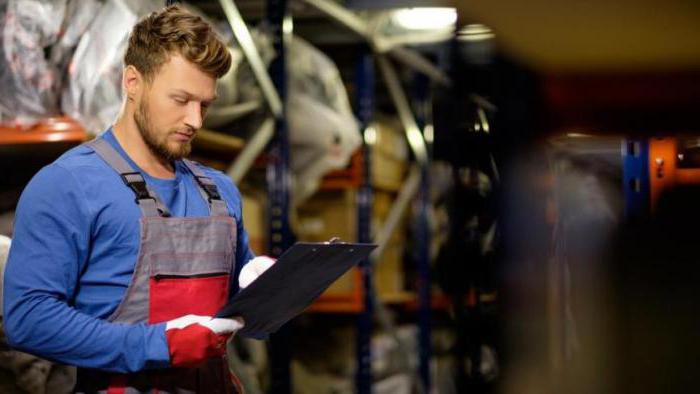
OS according to the degree of operation are divided into objects located:
- in use;
- in reserve;
- on maintenance;
- at the stage of completion, modernization and liquidation;
- on conservation.
Depending on the ownership rights of the OS are divided into:
- owned by organizations;
- under management;
- received for rent, gratuitous use or management.
Depending on the purpose for which the operating system is used, assets are divided into production facilities and non-production-related facilities.
Cost
Synthetic accounting of fixed assets in the control unit is based on the initial book value, which is calculated based on:
- actual costs for the construction (acquisition) of objects;
- contributions by the founders of the assets to the capital of the agreed value;
- assets received from other enterprises free of charge, which come at market value;
- objects acquired under agreements (the price is indicated in the document).
The parameters accepted for accounting are subject to change only in case of completion, reconstruction, liquidation of objects. Modernization costs may increase book value equipment, if as a result of work their initial indicators improved. Documentary evidence of the reconstruction is the act of acceptance of objects. Based on it, entries are made in the inventory card.
Since the synthetic accounting of the receipt of fixed assets is carried out at the book value, which includes actual costs, it is worthwhile to figure out exactly what amounts associated with the purchase of fixed assets are subject to accounting:
- paid to the supplier;
- paid for construction work, information and consulting services;
- state duties paid in connection with obtaining property rights to the object;
- non-refundable taxes;
- remuneration paid to the intermediary;
- other costs.
Synthetic accounting for the presence and movement of fixed assets in accounting is carried out in the national currency of Russia. Therefore, in the case of the acquisition of assets for dollars or euros, conversion is done to the national currency at the exchange rate of the Central Bank of the Russian Federation, which is valid on the date of posting of the object.
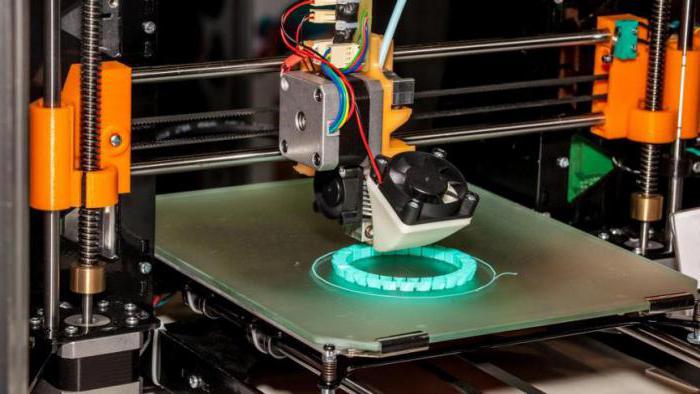
Over time, the cost of equipment changes as a result of repair or purchase of new facilities. For this reason, reevaluation should be carried out periodically.Therefore, the synthetic accounting of fixed assets at the enterprise is also carried out at replacement cost. It includes reproduction costs and current prices for the repair of facilities. The residual value of assets is calculated by subtracting accrued depreciation from the initial investment amount.
Synthetic accounting of fixed assets
Assets are accepted on balance in case of purchase, reproduction, transfer from founders, other persons. Synthetic and analytical accounting of the receipt of fixed assets is made out in groups. Each object is assigned an inverter number. It can be indicated by attaching a metal token or applying paint to an object.
| OS receipt method | Cost determination |
| Acquisition from other enterprises | Based on the actual costs of the purchase and bringing the object to a state in which it can be used in production |
| Gratuitous receipt | At current cost of OS |
| Manufacture directly by the organization | At the cost of reproduction of the object |
| Contribution to the UK | At agreed cost |
| Acquisition of fixed assets under contracts providing for non-monetary fulfillment of obligations | Based on the price of similar objects |
| Reflection in BU | At residual value |
If one asset has several parts with different terms of use, then each of them is considered as an independent object. For these purposes, special OS acceptance and transfer acts are used separately for buildings, structures and other objects. Additionally, an inventory card is maintained for each machine or vehicle. The technical documentation for the facility is attached to it. The number is retained for a specific asset for the entire period of its use and for an additional five years after being written off.
Synthetic and analytical accounting of fixed assets in organizations with a small number of objects is carried out in the inventory book. Records are entered on the basis of acts of acceptance and accompanying invoices. All these documents are in accounting in a special file cabinet.
Consider the main postings in the balance sheet.
| Contents of operation | Accounts | |
| DT | CT | |
| Purchase of industrial facilities | ||
| Received OS at cost
Transferred to legal entities for OS In the amount of accrued VAT on purchased objects Capitalized objects |
08
60 19 01 |
60
51 60 08 |
| Received equipment as a contribution to the UK | ||
| The size of contributions to the UK after state registration is calculated
OS contributed to deposits in the authorized capital Transferred objects to use |
08
08 01 |
75
75 08 |
| Other cases of receipt of equipment | ||
| Gratuitously received from legal entities and individuals under a gift contract, including as a subsidy | 08 | 98 |
| Enter gratuitously received OS
Accrued depreciation on the OS Non-productive OS received free of charge |
01
20 08 |
08
02 98 |
| Capitalized OS, which was identified during the inventory | 01 | 91
83 83 75-3 80 79 |
| Reflected increase in the value of objects:
-production; non-production. Capitalized objects by a unitary organization Receipt of equipment for joint activities Transfer of objects to trust |
||
The basis for the reflection of equipment as a contribution to the authorized capital in the balance sheet is a memorandum of association. Synthetic accounting of fixed assets is carried out by objects.
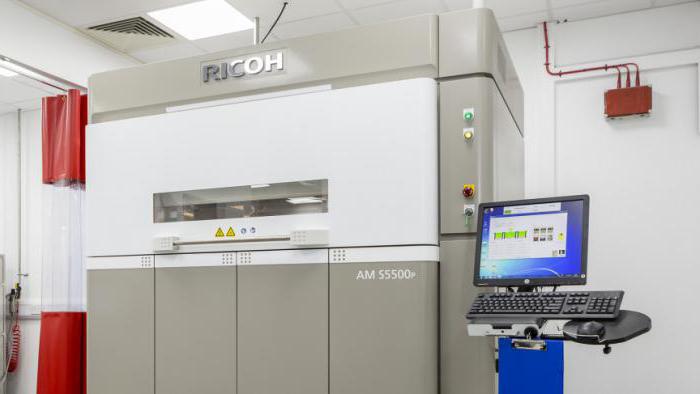
Repairs
In use, the equipment wears out. To maintain its condition, repairs are being made. According to the volume of work and the frequency of implementation, current, medium and major repairs are distinguished. The first two are a partial replacement of parts, the correction of individual elements of the object. Overhaul is a change of worn out elements to more durable ones. The costs associated with carrying out these works are taken into account in production costs:
- DT 20 KT60 - the cost of repair.
- DT19 KT60 - VAT.
Rent
The organization of analytical and synthetic accounting of fixed assets is carried out depending on the terms of the contract. The object may be on the balance sheet of the lessor or lessee.In the first case, the lessee, according to the OS transfer act, takes it into account 001. After the termination of the contract, the property is subject to return to the lessee. The records are kept in the control unit: KT001.
If the right of ownership is transferred to the lessee without surcharge, then a record DT01 KT02 is made in the BU (for the value of the payments paid). If payment takes place, then the following entries are made:
- DT08 KT60 - the amount payable.
- DT01 KT08 - the book value of the object has been increased.
If, under the terms of the contract, the object is on the tenant's balance sheet, the following entries are formed in the accounting unit:
- DT08 KT60 - for the total value of the property.
- DT19 KT60 — VAT.
- DT01 KT08 - posting of the object.
After the expiration of the contract, the right to the leased asset is transferred to the recipient: DT01 KT01.
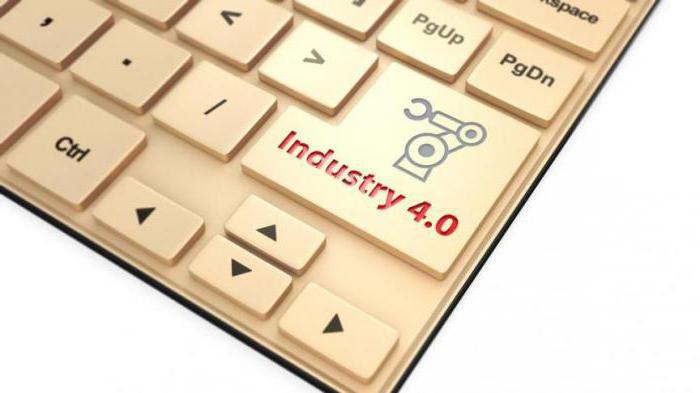
Synthetic and analytical accounting of depreciation of fixed assets
From the balance sheet of the organization, the cost of equipment is deducted by depreciation. Exceptions are objects received free of charge, donated, objects of external improvement, forestry, plantations, livestock, land.
Depreciation is charged throughout useful life that is, at a time when equipment should be profitable. The deadline is determined upon acceptance of the facility according to centralized data, technical specifications, expected performance, and other restrictions.
Depreciation may not be accrued for facilities that have been under reconstruction for more than 12 months or have been mothballed for more than 3 months. Depreciation can be charged linearly in proportion to the volume of output, by decreasing the balance, according to the number of years of use. Let's consider each of them with an example.
Linear way
Write-off of the cost is carried out in equal amounts over the entire period of use of the object.
Depreciation rate (At) is a constant that is expressed as a percentage. Accumulated wear increases evenly. The residual value is reduced to zero.
A = PS x On: 100.
The initial cost (PS) of the equipment is 10 thousand rubles, the service life is 5 years, the accrued depreciation amount: 10 000: 5 = 2 thousand rubles.
Decreasing Balance Method
The amount of accrued depreciation is gradually decreasing every year. For example, we change the conditions of the previous task. By order of the head, the depreciation rate of 40% per annum is established. Calculations are carried out in thousand rubles.
1 year: 10 x 0.4 = 4
2 year: 6 x 0.4 = 2.4
3 year: 3.6 x 0.4 = 2.4
4 year: 2.16 x 0.4 = 0.864
5 year: 1.296 x 0.4 = 0.5184
Total: 9.2224 thousand rubles.
But this method does not bring the residual value to zero, since the norm applies to the residual value, and not to the original. Synthetic accounting of depreciation of fixed assets is carried out on objects.
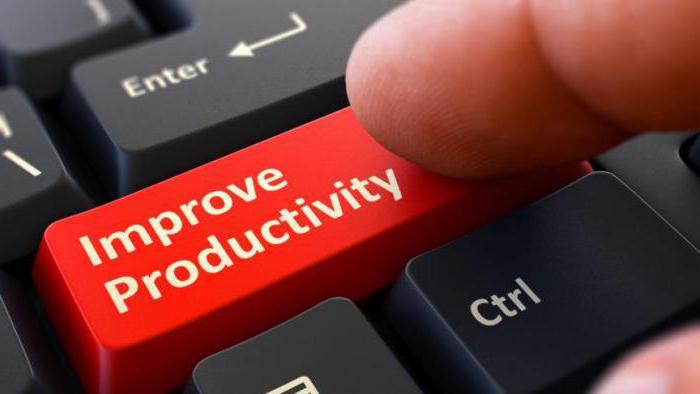
Write-off of value by the number of years of use
This method of calculating depreciation involves writing off the value in an amount equal to the shares of the remaining years of use:
A = PV x K = PV x (Number of years remaining: Total number of years).
Consider this method under the conditions of the previous example. Calculations are carried out in thousand rubles.
The sum of the numbers is: 5 + 4 + 3 + 2 + 1 = 15.
1 year: 10 x 5: 15 = 3.33
2 year: 10 x 4: 15 = 2.4
3 year: 10 x 3: 15 = 2
4 year: 10 x 2: 15 = 0.864
5 year: 10 x 1: 15 = 0.5184
Total: 10 thousand rubles.
Proportional charge-off
Accruals are made depending on the volume of output, applied only to facilities directly related to production:
A = F x PS: OH, where:
- F - the actual volume of manufacture.
- OH is the normal volume of output.
Depreciation is charged from the month following the adoption of the property for accounting until the full repayment of its value.
Example
A manufacturing company acquired an object worth ten thousand rubles, on which 50 thousand units can be manufactured. products. Depreciation per piece of the product is 0.2 rubles.
In the first year 16 thousand units were manufactured, in the second - 14 thousand units. Calculate depreciation:
one.A1 = 16 x 10: 50 = 3.2 thousand rubles.
2. A2 = 14 x 10: 50 = 2.8 thousand rubles.
In a similar way, calculations are carried out in subsequent years.
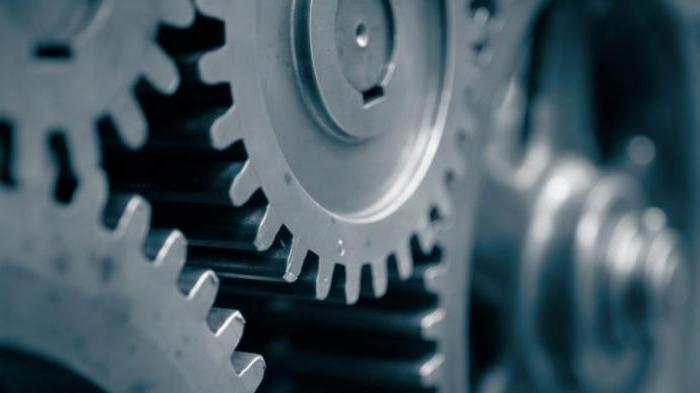
Postings
Having considered how the synthetic and analytical accounting of depreciation of fixed assets is carried out, we will study how the value of objects is written off.
| Operation | Score | Operation | Score |
| Realization, other disposal | DT 01 | Balance - the amount of depreciation at the beginning of the year | |
| Depreciation on an object:
- production purposes - commercial use - leased - non-productive use |
CT20
KT44 KT91 KT91 |
||
| Balance - the amount of depreciation at the end of the period |
Synthetic accounting of fixed assets in budgetary institutions
In state organizations, OS means assets with a useful life of more than a year, which are intended for operational management, performance of work. It can be either separate objects that perform individual functions (furniture), or a complex of equipment with all accessories, a library fund. Moreover, the value of the objects does not matter.
As at the enterprise, in the state organization an inventory card is issued for each object with a detailed description of the equipment parameters. The period of use of the OS is determined on the basis of:
- information from legislative acts of the Russian Federation;
- manufacturers' recommendations specified in the technical documentation for the equipment;
- expected wear, depending on the features of use;
- warranty period.
In the case of completion or reconstruction, the period of use increases.
Synthetic accounting of fixed assets is carried out by objects. Each of them is allocated an inventory number. If the OS consists of several parts that perform different functions and have excellent terms of use, then each element is assigned a unique number. Exceptions are objects worth up to three thousand rubles, as well as those that make up the library fund. The value of such assets is written off at a time when they are taken into account. All entries in the balance sheet on the disposal, retirement and movement of objects are drawn up in the balance sheet on the basis of the relevant acts.
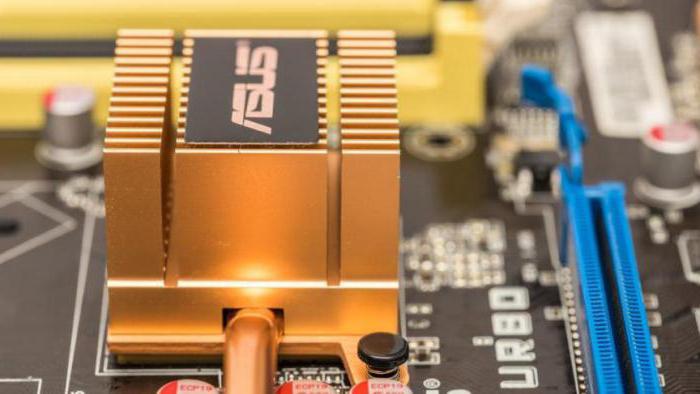
The disposal of the OS is issued in the case of:
- making a decision on the liquidation of the facility;
- if the asset is transferred to another government agency;
- suspension of the right to manage the facility.
OS in budgetary institutions grouped into movable / immovable, especially valuable property, leased items, other types according to OKO classification. Each of the groups is assigned its own code.
Materially responsible persons are responsible for the storage of objects, maintain lists of assets. All operations with the operating system are documented in the "Journal of Asset Transfer."
Moving
Synthetic and analytical accounting of the movement of fixed assets is carried out on objects. Within one structural unit, the movement of an asset is formalized by internal movement. The invoice is issued in 3 copies. The first copy remains in accounting, the second at the responsible person, the third at the recipient. Information about the movement is entered in the registration card at the new location.
Write-off
The disposal of fixed assets from the balance sheet is carried out as a result of sale, write-off, investment in the form of a contribution to the authorized capital, liquidation, donation, etc. To determine whether the object is suitable for use, whether it should be deducted from the balance sheet, a special commission is created. She takes an inventory and decides on the liquidation of the facility.
Synthetic accounting of fixed assets of the organization at their disposal is carried out on objects. To complete the liquidation, it is necessary to draw up an act to write off the OS, the vehicle. The document is executed in two copies. The first remains in accounting, the second is transferred to the responsible person.
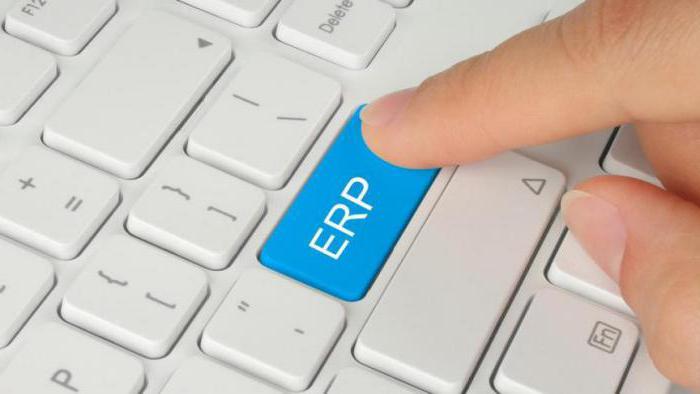
Synthetic accounting of the movement of fixed assets is carried out on objects in the context of cost. To account for the write-off of objects to account 01, an additional sub-account “Equipment retirement” may be opened. For DT, the remaining value is shown, and for CT, the amount of depreciation.Upon completion of the disposal procedure, the carrying amount is written off from DT01 to KT91.
Consider the main postings in the balance sheet.
| Disposal costs | Score | Gains from disposal | Score |
| Residual value
Implementation costs VAT Disposal income |
01
60 68 99 |
Sales revenue
OS write-off loss: - within the revaluation of the object - remaining amount |
62
99 83 99 |
The financial result from the liquidation or disposal of equipment is shown in account 91. DT summarizes the costs associated with write-offs, and CT shows all revenues. All amounts are reflected in the financial result, but the loss does not reduce the base for taxation. Values from write-offs are recorded at market value by posting DT10 KT91.
Here is how the synthetic accounting of fixed assets at the enterprise is carried out.
